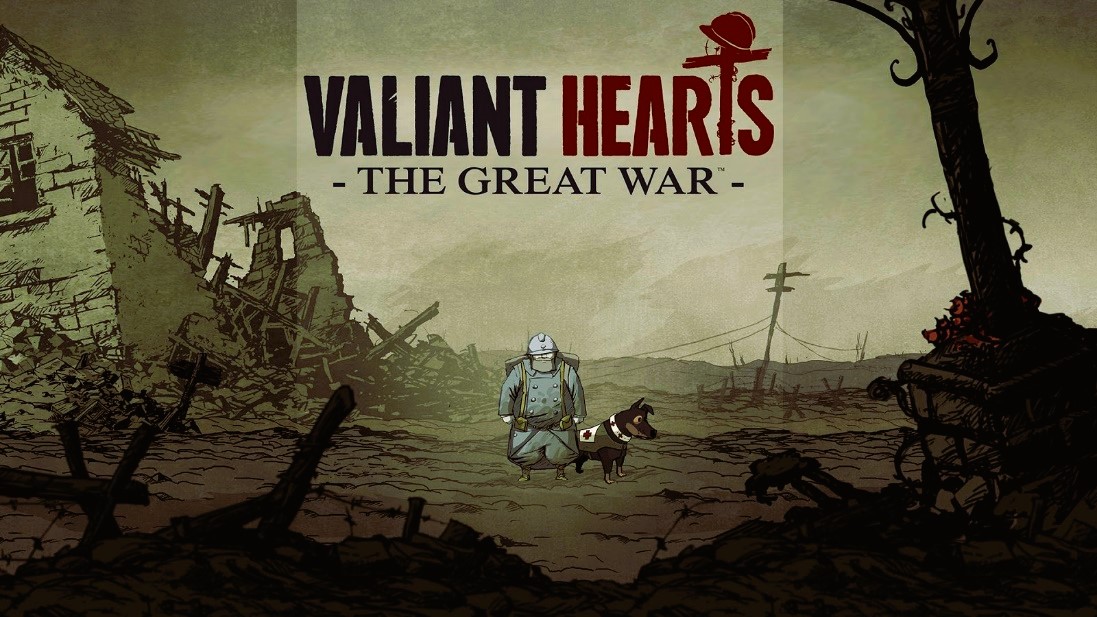Video games have become an exciting medium for storytelling, with many titles drawing inspiration from real historical events. These games offer players the chance to engage with history in an interactive way, allowing them to experience pivotal moments from the past through the lens of gaming. However, while these games are based on real events, they often blend fact with fiction, creating an intriguing mix of education and entertainment. Let’s explore how historical games walk the line between fact and fiction.
Historical Accuracy in Video Games
Some video games pride themselves on their historical accuracy, aiming to recreate real-world events as faithfully as possible. Games like Assassin’s Creed and Battlefield V are often praised for their attention to detail in representing historical periods, such as ancient Egypt or World War II. These games incorporate actual locations, events, and figures, providing a virtual history lesson for players.
For example, Assassin’s Creed Origins immerses players in ancient Egypt, where they can explore famous landmarks like the Pyramids of Giza and the Great Sphinx. The game incorporates significant events like Cleopatra’s reign, while also allowing players to interact with historical figures. This blend of historical content and immersive gameplay allows players to feel as if they’re walking through history.
When Fiction Takes Over
While historical events can be a foundation for these games, many also take creative liberties, adding fictional elements to enhance gameplay. Assassin’s Creed is a prime example of this, as the series introduces elements of fantasy and science fiction, such as the conflict between the Assassins and Templars, which is entirely fictional. The characters’ interactions and stories might be grounded in history, but the overarching narrative involves fictional conspiracies and secret societies.

Another example is Total War: Three Kingdoms, which, although based on the real historical period of the Three Kingdoms in China, incorporates legendary characters and exaggerated stories from the novel Romance of the Three Kingdoms. The game allows players to take control of iconic warlords, but much of the drama and intrigue is drawn from fiction. Read more about how video games inspire real-life projects and technologies in our article Game vs. Reality.
Benefits of Blending Fact and Fiction
Games that mix historical accuracy with fictional elements provide players with the best of both worlds. They offer an engaging and educational experience, while also crafting a captivating narrative. This balance of fact and fiction can spark players’ curiosity, leading them to explore the real history behind the games. For instance, after playing Civilization VI, many players are inspired to research the leaders, civilizations, and events they encountered in the game.
Moreover, blending fact with fiction can help make complex historical events more accessible and enjoyable, particularly for younger audiences or those unfamiliar with history. By experiencing these events in a game setting, players may gain a greater appreciation for the real-world events and their impact on the modern world.
Games based on historical events create an exciting and immersive way to engage with the past, offering both factual content and fictional narratives. Whether you’re exploring ancient civilizations, participating in epic battles, or unraveling historical mysteries, these games provide a unique opportunity to learn about history while having fun. The combination of fact and fiction keeps these games compelling and relevant, making them a fascinating part of both gaming and historical education.
For more on how video games handle historical events, check out Wikipedia’s History of Video Games page.
